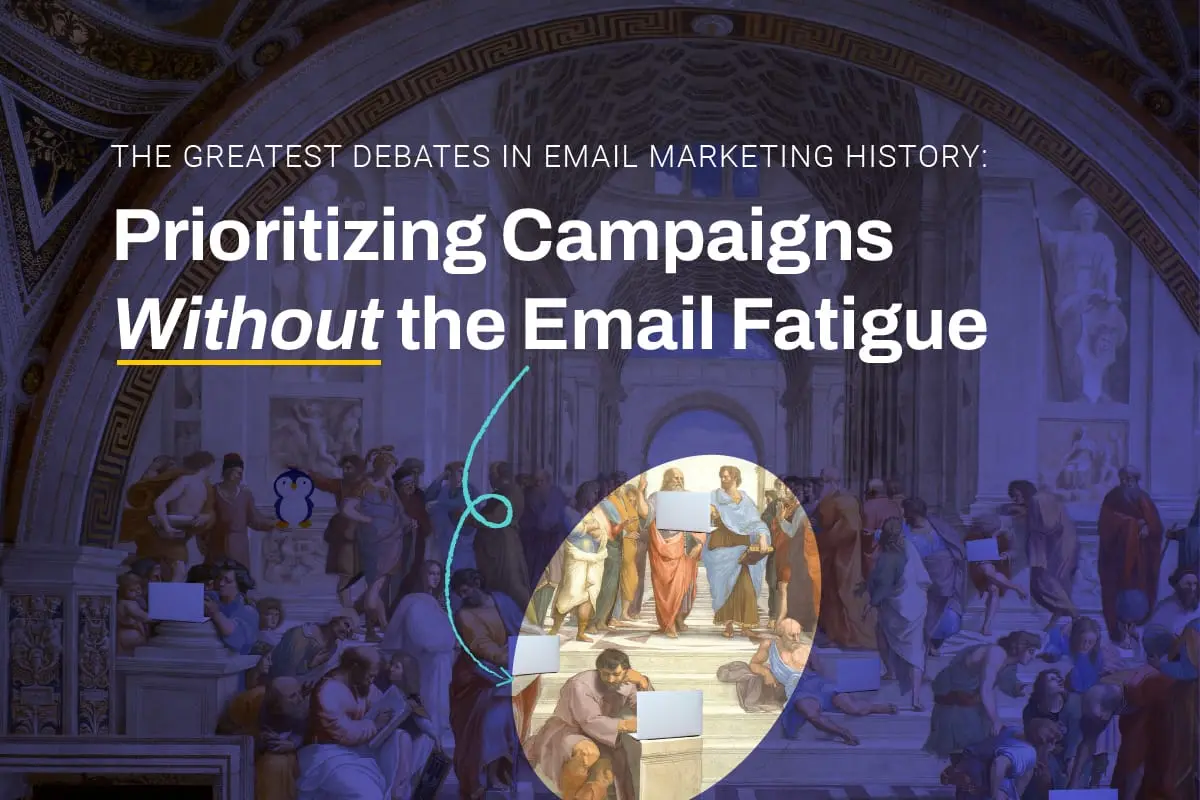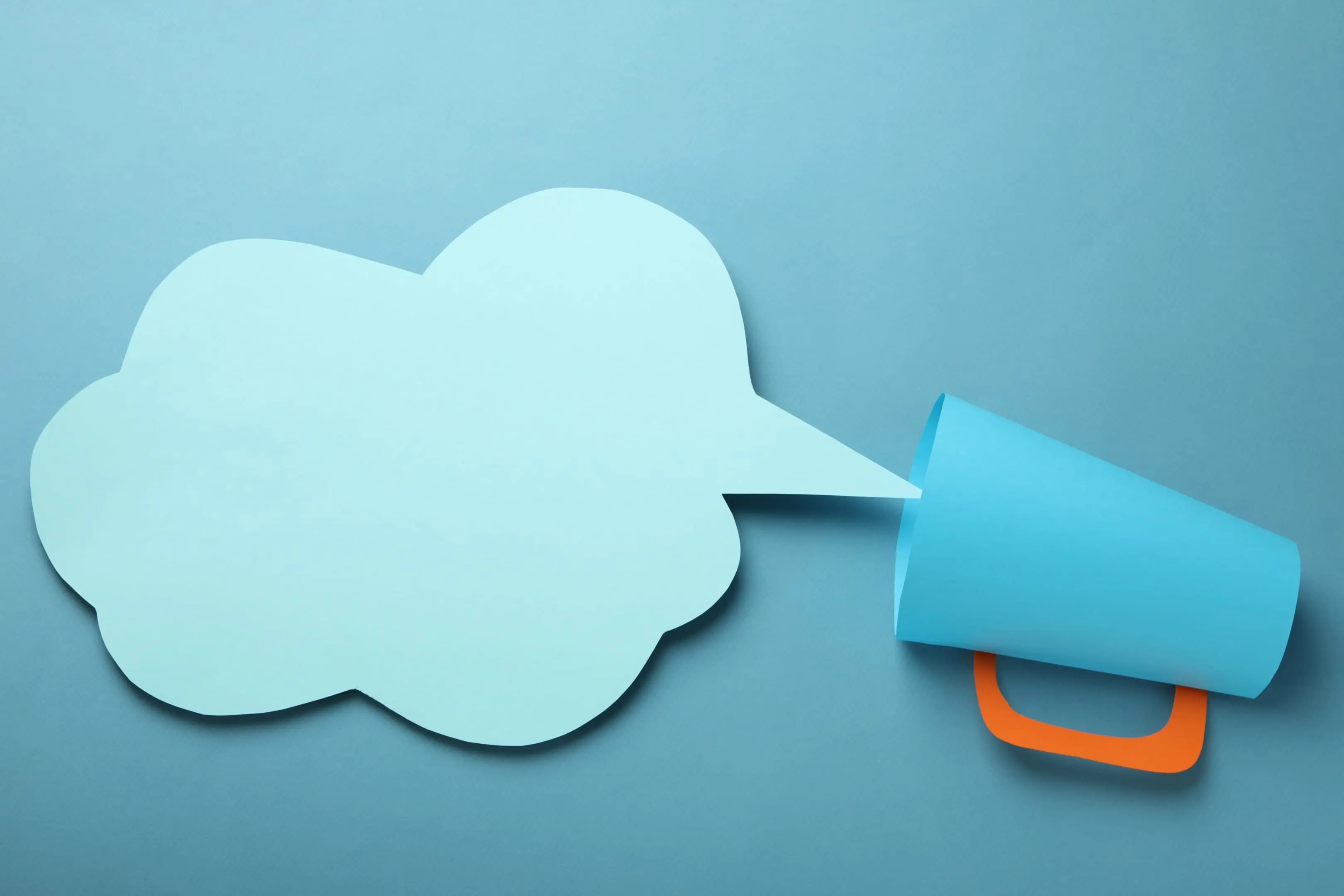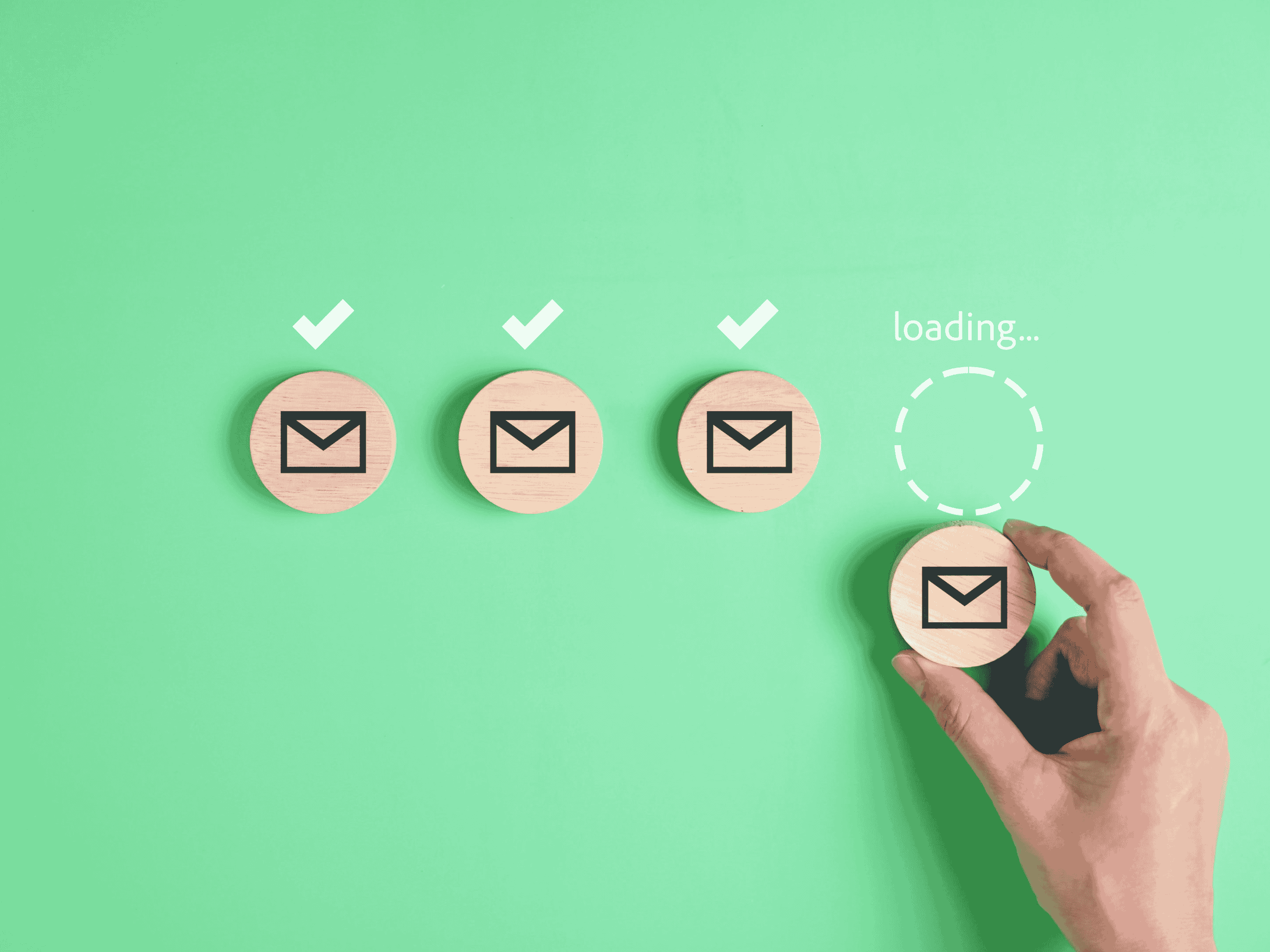
What Is Email Fatigue? The Real Reason Your Emails Get Ignored (And What To Do About It)
What Is Email Fatigue?
Email fatigue happens when subscribers feel overwhelmed by the sheer volume of marketing messages landing in their inbox. They start ignoring your emails, not because your message is bad, but because they’re tired of seeing too many of them.
When people receive irrelevant emails, repeated sales offers, or just too many emails too often, the result is the same: lower open rates, higher unsubscribe rates, and more of your carefully crafted content ending up in the spam folder.
At DESelect, we’ve seen how easily brands can fall into this trap and how effective smart segmentation and frequency control can turn things around.


Why Email Fatigue Happens
It’s not just one thing. Several factors contribute to subscribers switching off. Here are the most common causes:
Too Many Emails, Not Enough Relevance
Your audience isn’t made up of one big group. They’re a mix of individuals with different needs, interests, and habits. Sending blanket messages to everyone without considering past purchases, behaviour, or preferences is one of the fastest ways to wear people out.
A subscriber who just bought a product doesn’t need to see five more emails promoting the same item. And someone who signed up for blog updates probably doesn’t want three promotional offers a week. When your emails feel generic or unnecessary, it’s natural for people to stop engaging.
Poor Timing
Even great content won’t work if it shows up at the wrong moment. Emailing too frequently, or at odd hours outside of standard business hours, can make your messages feel intrusive. Timing plays a major role in how emails are received and ignored.
For instance, if you send a lengthy newsletter at 11 p.m. on a Friday night, chances are it will be buried by Monday morning. On the other hand, spacing out emails during the week and aligning them with subscriber habits can have a meaningful impact on open rates and click-throughs.
Lack of Personalisation
Personalised emails are more than a marketing trend; they are essential to engagement. When messages reflect a subscriber’s behaviour, preferences, or purchase history, they feel more useful and less like spam.
Imagine receiving an email that references a product you looked at recently or includes a discount code for a service you’ve used before. That kind of attention to detail makes a subscriber feel seen. Without personalisation, your emails can feel like noise.
No Way to Adjust Preferences
When subscribers can’t control how often they hear from you or the type of content they receive, frustration builds. Lack of flexibility is a direct path to email fatigue. Preference centres are essential, as they allow users to choose their content frequency, topic focus, and preferred communication channel.
Giving subscribers that level of control builds trust. It also helps reduce spam complaints, as people are less likely to flag emails when they feel they’re in charge of their experience.


How Email Fatigue Affects Your Campaigns
Once email fatigue sets in, campaign performance suffers across the board. First, open rates start to dip. Even your most compelling subject lines stop grabbing attention. Next, click-through rates fall. The content may be solid, but your audience is not engaging with it.
Eventually, you’ll see a rise in unsubscribe rates. When people feel overwhelmed by your messages and don’t see a way to manage the flow, they opt out altogether. In more serious cases, emails are marked as spam, which can damage your sender’s reputation.
That reputation is crucial. If mailbox providers begin to view your emails as unwanted or intrusive, future messages may be automatically filtered out. Over time, more of your content ends up in the spam folder, and fewer people see it.
Email fatigue doesn’t just lead to lower engagement; it puts the overall success of your email marketing campaigns at risk.
How To Avoid Email Fatigue
How do you avoid burning out your list? Here are practical steps you can take to combat email fatigue.
Clean Up Your Email List Regularly
Your email list isn’t a static asset. Over time, people change jobs, lose interest, or stop engaging altogether. If you’re still emailing subscribers who haven’t opened a message in six months, it’s time to act.
Begin by identifying inactive subscribers and segmenting them accordingly. Run a re-engagement campaign with a clear ask: do they still want to hear from you? If not, it’s better to remove them. Pruning your list not only improves metrics like open rate and click-through rate but also protects your sender’s reputation.
Tools like DESelect Segment can help you automate this process. With audience-based filtering and behavioural segmentation, you can quickly pinpoint who’s checked out and take action.
Use a Preference Centre
A preference centre gives control back to the subscriber. They get to choose how often they hear from you, what type of messages they want to receive, and the topics they care about most.
This isn’t just about reducing spam complaints, though it certainly helps. It’s about creating a more personalised experience. When people can tailor the way they interact with your brand, they’re more likely to stay engaged.
Segment Your Email List Properly
Segmentation should be the foundation of every successful email marketing strategy. Instead of sending one generic message to thousands of people, break your audience into specific groups. These groups can be based on purchase history, engagement behaviour, demographics, or even product preferences.
Segmenting your list allows you to send relevant messages that are more likely to be opened, read, and clicked. The DESelect platform is built with this in mind, enabling teams to manage even complex segmentation without writing a single line of SQL.
Personalise Your Emails
Personalisation doesn’t end with using someone’s name. It’s about crafting messages that reflect who they are, what they need, and what they’ve interacted with before.
For example, referencing a previous purchase, offering a relevant discount, or reminding them of something they left in their cart are all ways to show that your brand is paying attention. When subscribers see this level of detail, they’re far more likely to engage and far less likely to burn out.
Find The Right Email Frequency
Email frequency is a balancing act. Send too little and people forget you. Send too much and they’ll ignore you or worse, unsubscribe. There is no universal number of emails that works for every business or audience, but data can guide the way.
Track how your audience responds to different send cadences. Monitor unsubscribe rates, click-throughs, and spam complaints. A sudden drop in engagement or an increase in opt-outs often signals that your email schedule needs to be adjusted. Platforms like DESelect Engage let you prioritise campaigns and limit frequency to avoid overwhelming subscribers.
Create Engaging Email Campaigns
The structure and content of your emails play a key role in fighting fatigue. You need to capture attention quickly and provide value without delay. Strong subject lines, concise copy, and a clear call to action all contribute to a more effective message.
But it’s not just about brevity. Subscribers also appreciate exclusive content, timely offers, and updates that reflect their interests and preferences. When campaigns are both well-designed and relevant, your audience is more likely to keep reading and responding.
Re-Engage Inactive Subscribers
Not everyone who goes quiet is lost forever. Some subscribers just need a reminder of what they’re missing. Re-engagement campaigns can breathe new life into your list and demonstrate that you value the relationship.
Start with a simple message: “We haven’t heard from you in a while. Do you still want to receive updates?” Sweeten the deal with a special discount or offer exclusive content as an incentive. If there’s still no response, it’s time to remove them from the list.
Inactive subscribers don’t just hurt your metrics; they increase the chances of your emails ending up in the spam folder. Regularly cleaning your list is one of the most effective ways to improve overall effectiveness and maintain a healthy sender’s reputation.
Keep Messages Focused and Valuable
No one wants to wade through a long, rambling message to find what’s important. Each email should have a clear purpose and stick to it. If you have multiple announcements or updates, consider splitting them into separate messages or using a digest format.
When subscribers open your email, they should immediately understand why it matters. Whether it’s a product launch, a special discount, or a quick tip, make sure the content aligns with what your audience cares about.
Monitor Engagement Metrics
To stay ahead of email fatigue, it is essential to closely track performance. Metrics like open rates, click-through rates, unsubscribe rates, and spam complaints all tell a story. Use these signals to adjust frequency, content, and timing.
If one campaign outperforms others, look at why. Was it the subject line? The offer? The timing? Applying those insights to future campaigns can keep fatigue at bay and improve long-term results.
Conclusion
Email fatigue is a growing concern in marketing, but it doesn’t have to derail your efforts. With the right tools, strategy, and a better understanding of your audience, it’s possible to reduce fatigue and re-establish meaningful engagement. DESelect helps marketers overcome many of the challenges that lead to email fatigue by offering intuitive segmentation, campaign prioritisation, and frequency control tools all without needing complex coding.
By focusing on relevance, respecting preferences, and staying proactive with data, you can ensure your messages not only reach the inbox but get opened and acted upon. Email remains a valuable communication channel, and when used effectively, it builds trust rather than fatigue. Stay thoughtful, stay relevant, and your subscribers will appreciate it.










